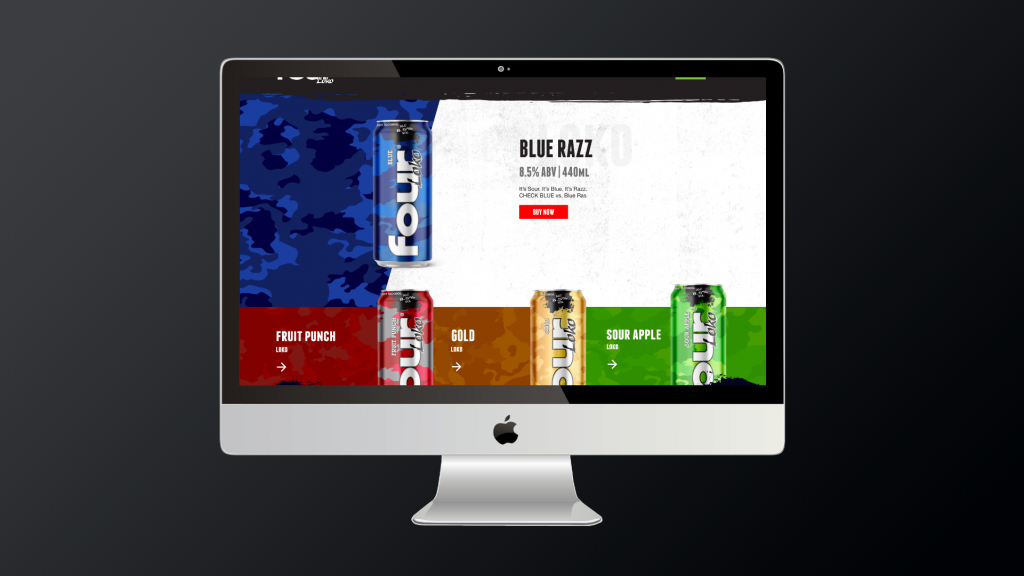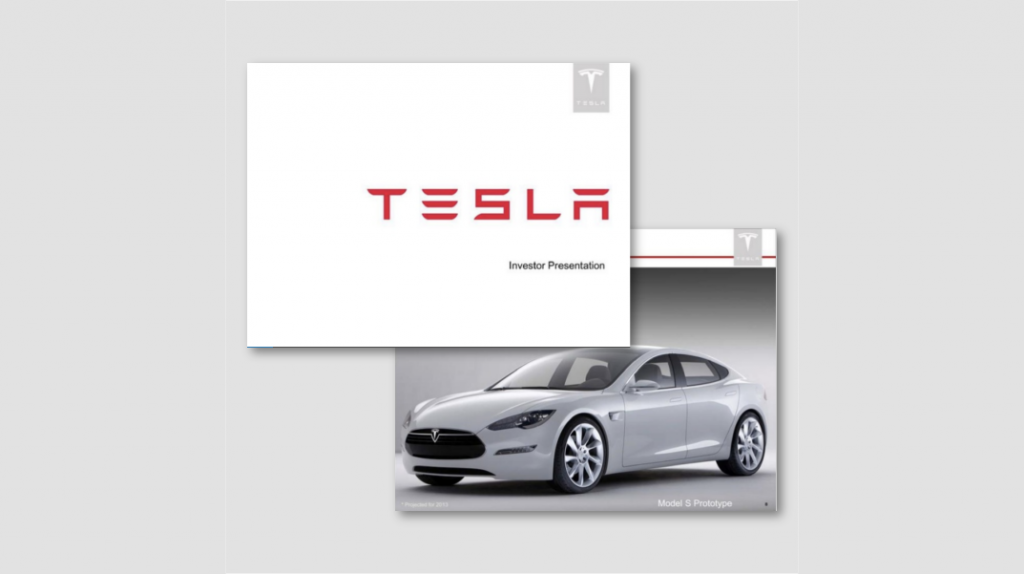Sooner or later, every business feels the need to re-invent and rebrand themselves. Different businesses feel the need to do this for different reasons – a changing of the guard, a change of focus and direction, a change in business philosophy, or simply a need to refresh and revitalise a tired brand. So what are the key Rebranding considerations you need to think about?
Ten Important Rebranding Considerations Your Business
Who are we, and what is our core message?
Before you can sell your company to a consumer – you have to sell yourself to yourself. What does this mean? You need to decide what you stand for as a company, what your core values are, and how you wish to present yourself to consumers. Consumers can tell the difference between a company that has and believes in a core value system, and those that do not.
Look to the past before you rush into the future:
A business is like a family, and, much like families, are built on tradition. Resist the urge to throw out everything in your company’s past in a mad rush to modernise. Logos and overall tone of your re-brand needs to gently bridge the gap between the old and the new. You need to remind the customers of where you came from as a company, as well as were you want to go in the future.
Decide what is working and what is not:
A rebrand does not – and should not – be a wholesale re-do of everything that represents your company. Resist the urge to completely replace everything that you currently use to represent your company. For instance, if you have a tagline that currently works well and is truly representative of your company, there is no reason to get rid of it simply for the sake of having something new.
Be careful:
Carefully consider every element, such as logo, tagline, and core message that defines your business before making any decision to change or replace it. To the public at large, your brand is your business, and you need to resist the urge to recklessly change everything just for the sake of change. Reckless disregard for what works and what does not work is the one common thread that runs through every failed re-branding. The other common thread is the drive to simply throw out the out and embrace the new simply because it is new – and not because it is actually better or more representative of the business.
Be comprehensive in your rebranding:
Many businesses have no idea of just how many places in which their logo, taglines, and related brand messaging appears. All of this will need to be changed as part of any re-branding in order to be consistent across the business. For instance, if you are a retailer, you will need to change packaging, letterhead, billing materials, shipping orders, business cards – basically any piece of paper that contains your current logo or related branded message. This will also extend into any online presence, included websites, blogs, and social media accounts such as Facebook or Twitter. Best practice is to perform a comprehensive audit of anywhere your logo or related branding messages currently appear, and diligently check these items off as they are upgraded to the new branding.
Have a timeline, and stick to it:
A re-branding is a large, complicated project with a lot of moving parts. A properly organised re-branding can take months to carry out, much longer if there is no clear direction or sense of urgency. It is critical that before taking the first step that you lay out a comprehensive, all-inclusive timeline for your re-branding, and that you include definitive due-dates for every step of the project. Proper planning – and a commitment to stick to the plan – is critical to the success of any re-brand.
Research the competition:
Are your competitors doing a better job marketing themselves to your targeted market? Learn from their success. Decide what they are doing right, and see how you can apply that to your re-brand. Conversely, if you have a competitor who is not doing as well as they could due to branding or messaging missteps, learn from their mistakes, and exploit them in designing a better brand and better marketing message for your business.
Publicise your re-brand:
Tease your upcoming re-brand in the weeks leading up to your brand re-launch. Customers, and employees, need to be excited about the re-brand, and neither group is particularly fond of sudden, major surprises. This is particularly crucial if your re-brand is so extensive to make it difficult for customers to link the ‘old’ company and the ‘new’ company. For instance, if a customer logs into your billing system today to pay a bill, and the logo and interface are completely changed with no prior warning, you will quite likely end up with a very confused and angry soon-to-be-ex-customer. Building excitement and anticipation prior to the launch will make your customers feel like that are part of the re-branding.
Consider the consequences:
It is very important that you realise that not everyone will be as in love with your re-brand as you are. There will inevitably be backlash from customers who preferred your old branding, just as there will also inevitably be those who cheer the changes. You need to be prepared to ride out the consequences and give the re-brand time to gain traction among existing customers, potential new customers, and the public at large. At the same time, be realistic in your expectations – a simple rebrand is not going to suddenly double or triple your sales overnight, nor will it cause your company to immediately crash and burn. Give the re-brand time before hitting the panic button and making wholesale changes or roll-backs to the old brand element.




















